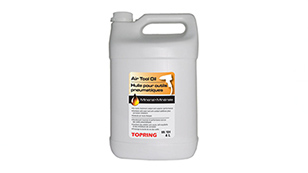Compressor Valves

- …
Essential Guide to Pressure Relief Valves and Check Valves for Compressor Tanks
Safety valves and check valves are crucial components for ensuring compressor tanks' safe and efficient operation. This guide will explain their functions and key features and provide tips on selecting the right ones for your system.
Safety valves are devices that protect compressor tanks from excessive pressure buildup. When the tank's pressure exceeds a predetermined limit, the PRV releases the excess pressure to prevent potential damage or explosion.
How to Choose a Pressure Relief Valve
Pressure Rating: Ensure the PRV’s pressure rating matches or exceeds your compressor system’s maximum operating pressure. Typical ratings range from 100 psi to 250 psi.
Material:
Brass:
- Suitable for most air and gas applications.
- Cost-effective and widely available.
- Suitable for non-corrosive environments.
Stainless Steel:
- Ideal for corrosive environments.
- Higher durability and longer lifespan.
- Resistant to high temperatures and harsh conditions.
Size: Standard sizes include 1/4, 1/2 and 3/4 NPT. Choose the size based on your system’s flow requirements.
Pressure: Select a PRV with a set pressure slightly above the normal operating pressure but below the maximum allowable pressure. This ensures that the valve activates only when necessary.
Certification: Look for valves certified by ASME (American Society of Mechanical Engineers) or other relevant standards to ensure reliability and compliance.
Check-valves prevent pressurized air from flowing back into the compressor pump when the compressor is not running. This helps maintain pressure in the compressor tank and protects the system from damage caused by reverse flow.
How to Choose a Compressor In-Tank Check Valve
Pressure Rating: Ensure the check valve’s pressure rating matches your system’s maximum operating pressure.
Material:
Brass:
- Commonly used for general purposes.
- Cost-effective and easy to install.
- Adequate for non-corrosive environments.
Stainless Steel:
- Suitable for corrosive and harsh environments.
- Durable and resistant to wear and tear.
- Higher initial cost but longer lifespan.
Size: Match the valve size to your piping (e.g., 1/4", 3/8", 1/2").
Last Tips:
Regular Maintenance: Periodically inspect and test both PRVs and check valves for signs of wear, leaks, or blockages. Replace any components showing signs of damage or malfunction.
Replacement Parts: Keep spare parts on hand, particularly for PRVs, as they are critical for safety. Ensure replacements match the original specifications.







